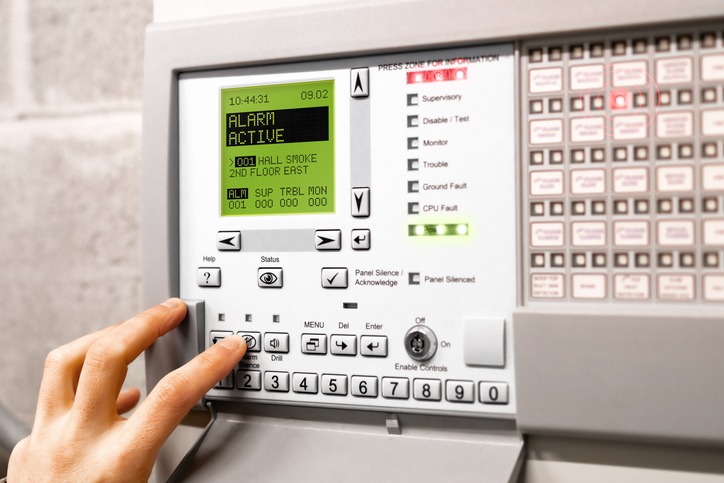Fire alarm panels (FAPs) are the brains of a fire protection system. They control the alarms and other components of the system, allowing them to detect and alert occupants in case of an emergency. FAPs are typically installed in buildings that require full fire protection systems such as schools, hospitals, and nursing homes.
Although FAPs are a functional and integral part of keeping any home or business safe, not everyone knows what they’re really about. So, if you’ve been considering an FAP for your home or business, but you want to know more about how they work, what they’re for, and the different types for various industries, then this article is for you. Read on to know what security companies are responsible for when installing FAPs, as well as the perks and benefits to installing these useful systems. In addition, you will learn who is responsible for managing a fire alarm system, how they work, and how to find the right option for your circumstances.
Types of Fire Alarm Panels
Fire alarm systems are an important safety measure and come in multiple varieties of fire alarm panels designed for different industries. For example, large enterprises like hospitals, hotels, and warehouses tend to use fire alarm panels with extensive fire detection capabilities as well as fire prevention engineering. Smaller sites, such as churches and schools, often select fire alarm panels with fewer options but still providing the necessary fire alarms and notifications when a fire is detected.
The specific fire alarm panel chosen must meet the fire safety needs of any given site while also meeting standards set by the local fire protection authorities depending on the industry. The type of FAP used depends on the size and complexity of the building’s fire protection system. The most common types of FAPs are conventional (or non-addressable) panels, addressable panels, and networked systems. Fire alarm panels are more than just a way to keep people safe – they are an essential component of any modern-day fire safety plan.
Here’s a look at 3 popular FAPs:
- Conventional Panels: Conventional FAPs oversee a limited number of detectors or devices to detect any potential fires. These panels can be used in small commercial buildings or residential dwellings and are relatively easy to install and maintain.
- Addressable Panels: Addressable FAPs can monitor more complex systems and provide added flexibility as well as richer data regarding the extent of any fire-related incidents that occur onsite. This type is typically found in larger commercial buildings where more detailed information is required to respond quickly and effectively to any emergency situations that may arise.
- Networked Systems: Networked FAPs have become increasingly popular due to their ability to integrate with existing IT networks which allows for remote monitoring capabilities from anywhere in the world. This type is often found in large industrial complexes or commercial facilities where multiple interconnected systems must be always monitored in order to ensure optimal safety standards are met at all times.
Importance Of Fire Alarm Panels
FAPs play an integral role in providing life-saving alerts when needed most; they help minimize property damage by detecting fires early on; they provide peace of mind by ensuring that occupants within a building can be safely evacuated; and they allow for quick response time by providing accurate information about emergency locations quickly and easily so first responders can arrive at the scene faster than ever before. By having a security company help you install in a quality FAPs now, businesses can save lives later down the line should a worst-case scenario arise.
Conclusion
Fire alarm panel systems offer essential life-saving functions that keep people safe during emergencies while also minimizing property damage costs should an incident occur on site. It’s important for security companies and safety professionals to understand what types of fire alarm panel systems exist (conventional, addressable, or networked), how each works, what applications they should be used for, and why they are important tools for keeping people safe during fires or other disasters. By learning more about these various elements now, professionals can make sure their fire alarm panel systems are up-to-date so they’ll be ready when disaster strikes next time around.

